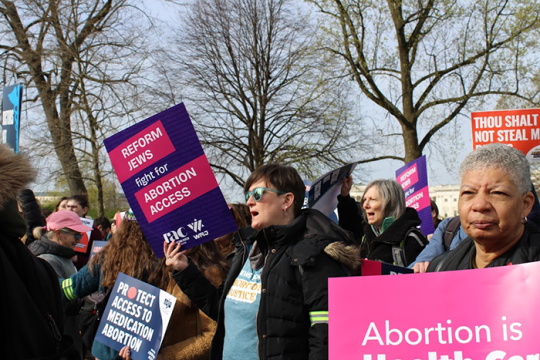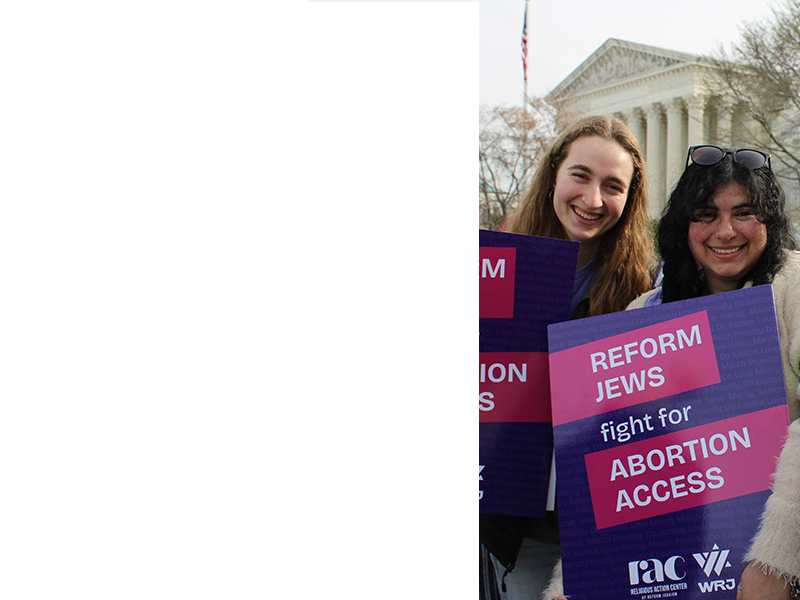As we look forward to Congress coming back for one last session in 2014, we need to think about future actions that Congress can take to pass policies that can positively impact Americans and can ameliorate economic inequality. One potential measure is the Earned Income Tax Credit, a refundable credit. Since the EITC only benefits individuals in the workforce, the antipoverty measure is seen as helping encourage people to work and to participate in the workforce. This federal credit applies to low and moderate income workers by encouraging work, offsetting federal income and payroll taxes, and ultimately increasing family income. The EITC increases as a low-income workers’ income level rises and is slowly phased out, meaning that a worker can eventually earn too much to be able to qualify for this.
These programs are effective - in 2012, the EITC lifted 6.5 million people, including 3.2 million children, out of poverty. For every $1 that goes to working families, the EITC generates $1.50 to $2.00 in economic activity. EITC is a powerful economic stimulus. EITC expansions from the 1990s were the most important reason why employment rose among single mothers with kids in the 1990s, more than welfare reform or than the strong economy.
Yet, the EITC barely provides any support for childless workers and non-custodial parents. While a low income worker is eligible for a maximum of $5,460 in EITC benefits in 2014, a childless low-income worker is only eligible for a maximum of $503 in EITC benefits. The American Recovery and Reinvestment Act of 2009, or ARRA, made several improvements to the EITC, including marriage penalty relief and increasing the credit offered for families with more children. However, those measures will soon expire and need to be made permanent.
There are potential efforts to extend the EITC and make the benefits better able to help more low income workers and ultimately make steps to alleviate poverty. The EITC can be expanded for workers without qualifying children (workers without children or whose children no longer live with them). The eligibility age to qualify for the EITC also needs to be lowered.
Our Jewish values encourage us to advocate for systems that can lift people out of poverty. Jewish history also provides us with an example for helping the needy. During Talmudic times, much of tzedakah (justice) was done though tax-financed, community-run programs that helped those in needed, paralleling the entitlement security that we fight for and continue to fight for today. Through the EITC, we can help provide for individuals in need through the tax system, a structure already in place.
Related Posts
Image

Remarks from Rabbi Eliana Fischel at Jewish Gathering for Abortion Access
Rabbi Eliana Fischel, Associate Rabbi at Washington Hebrew Congregation in Washington D.C., spoke at a Jewish community gathering just before the Supreme Court heard oral arguments in FDA v. Alliance for Hippocratic Medicine regarding the future of Mifepristone, one of two medications commonly used in medication abortion.
Image

Teens from North Carolina Speak About Environmental Justice
This year, as we approach Earth Day on April 22nd, we are amplifying the voices of our L'Taken participants. These teens, who are at the forefront of our fight for environmental justice and climate change, are not just the future-they are the present.
Image

Why is this Right Different?: City of Grants Pass, Oregon v. Johnson and the Passover Call to Action
As families prepare for the Passover seder and its celebration of freedom, the Supreme Court will hear a case in which the basic civil rights of unhoused people are at stake.
